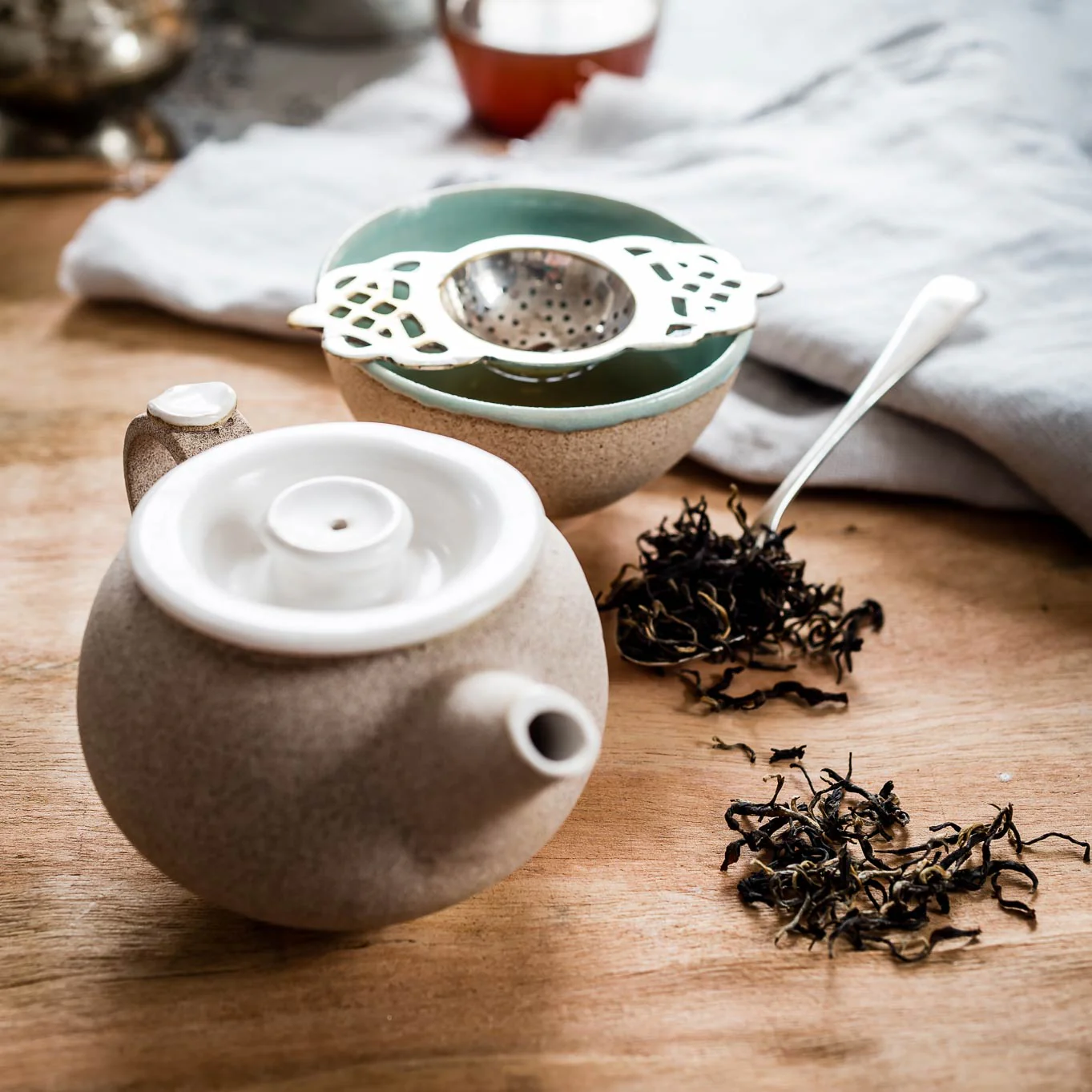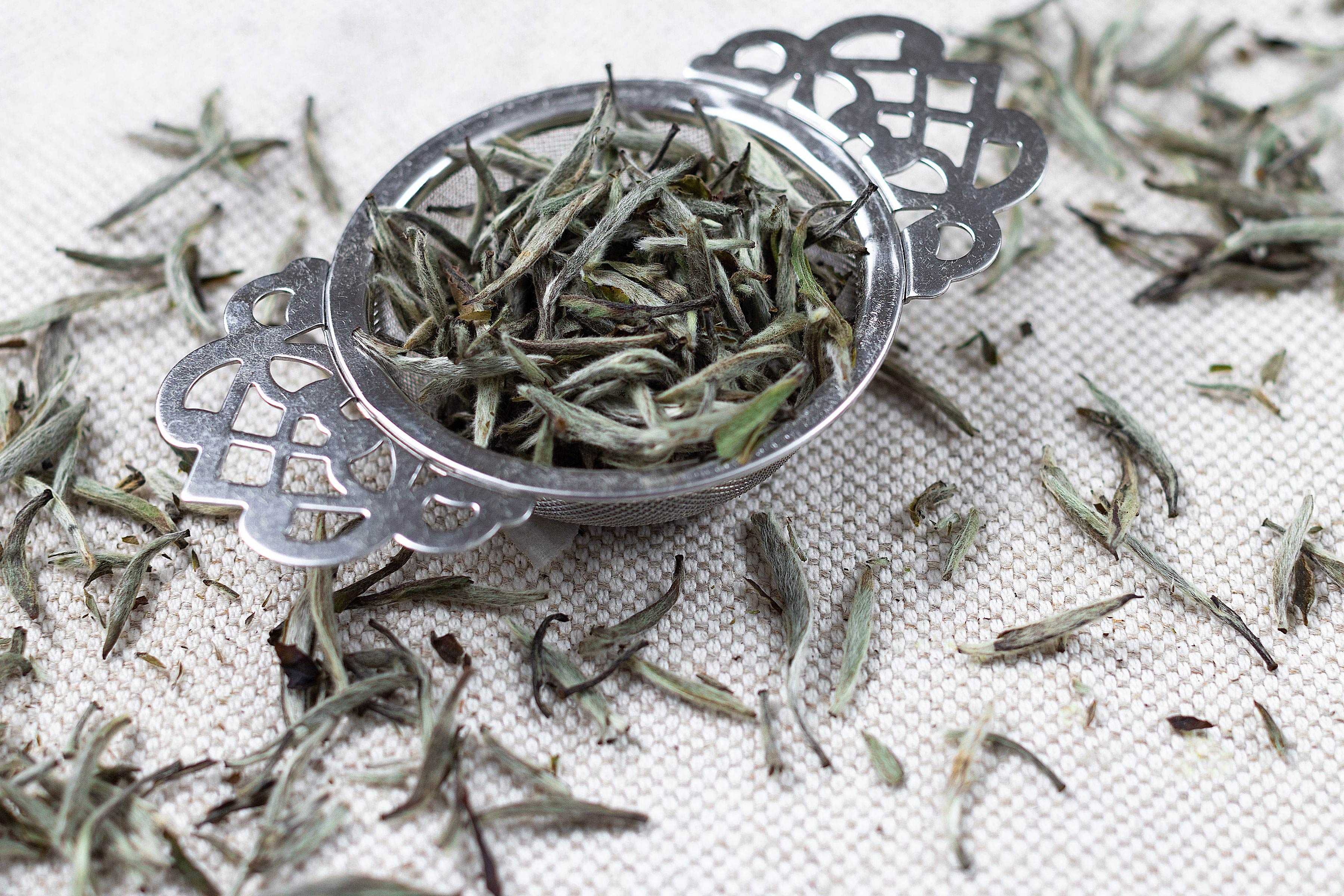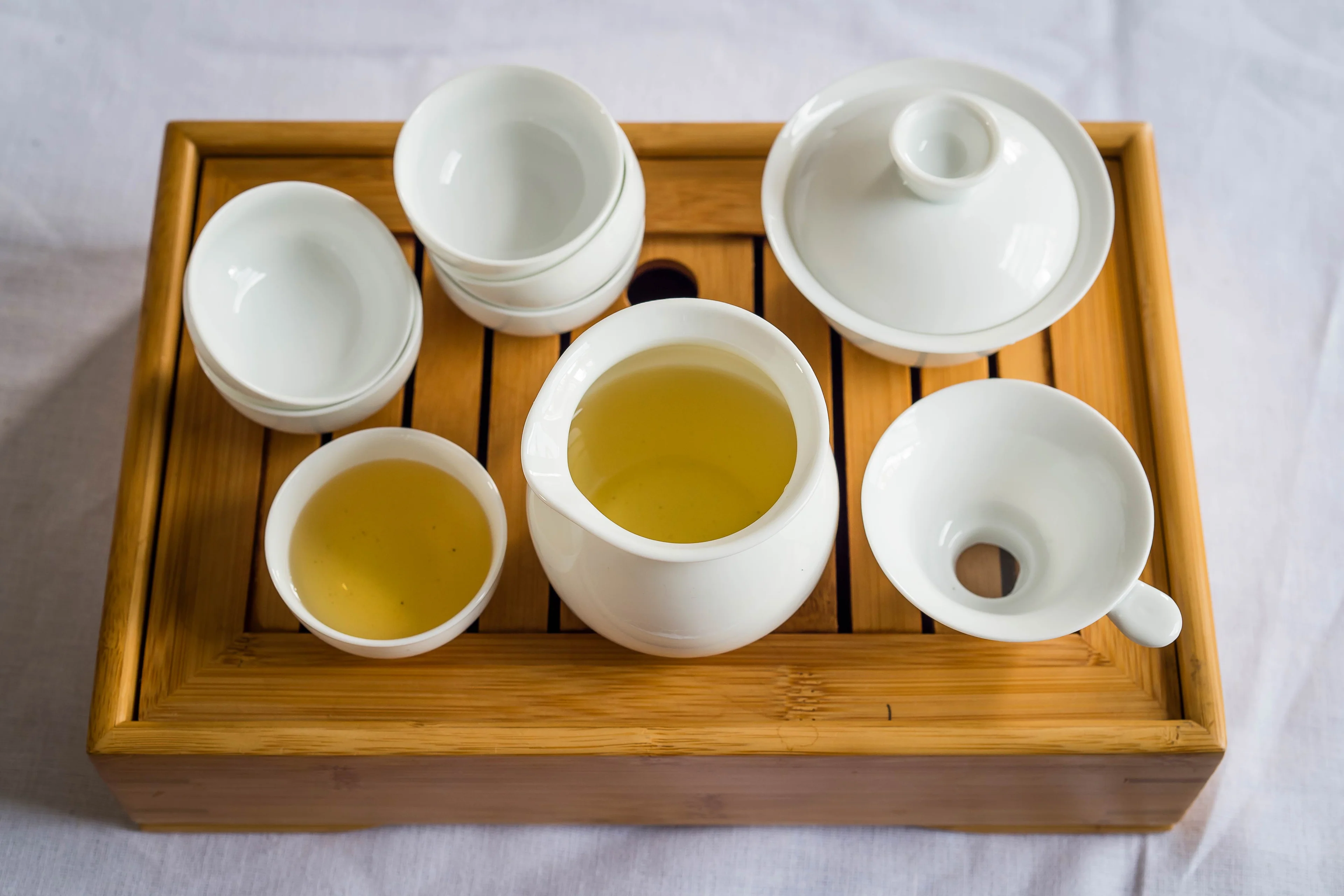How to Make the Perfect Cup of Tea
Watch Henrietta demonstrating how to infuse the perfect cup of tea...

QUANTITY
How much tea?
This depends on how you like your tea but a good rule of thumb is a heaped teaspoon of tea and one teacup (150ml) of water per person.
Not just one infusion
Our rare teas are of such high quality that the same leaves can be infused several times. Each time you infuse the tea different subtleties of the delicate flavours will be released.
It is essential that the tea leaves are not left to stew once they have been infused; straining the tea completely between infusions will prevent the leaves from becoming bitter - it's akin to cooking a steak to perfection and then leaving it in the frying pan.
In China it is widely believed that the second or third infusion of fine tea is the best.

Water temperature
The water is best freshly filtered and should not be re-boiled because this diminishes the oxygen content.
Generally, for good leaf tea the water should be below boiling. This is because the amino acids (which produce the tea's flavour) dissolve at the lower temperatures. Tea made with water at 100°C will be more astringent and less sweet.
NB - don't try this with industrial tea bags. The delicate, subtle flavours of leaf tea are not there - and it will just produce grey water.
Ideally stop the kettle before it reaches the rolling boil - when the small bubbles form along the sides of the kettle. Alternatively the warm cup infusion method (see below) is an excellent way to cool the water pre-infusion .
If you are a real stickler and want to get it exactly right most white teas and green teas are best at 70°C. For black and oolong teas use water around 85°C. For herbal infusions use 100°C water, and 70°C for chamomile.
If you're a convert there are some excellent temperature controlled kettles available out there.
Teaware
-

Porcelain cups
TEACUPSIn the 8th Century the celebrated poet Lu Yu wrote that in order to enjoy a really delicious cup of tea a porcelain cup should be used, preferably beside a lily pond in the company of desirable women or gentlemen.
-

The right receptacle
TeawareTastes (and access to ponds) may differ but Lu Yu's suggestion that tea is drunk from a porcelain cup is highly recommended. Just as a fine wine may not live up to its full potential when drunk from a mug, the same can be said of fine teas.
-

No balls...
TeawareWe don't recommend that you use a ball strainer for any of our teas since the leaves and tips need room to expand. It is much more effective to use a tea pot and a strainer.
Infusing the Tea
There are two easy methods to ensure the perfect infusion:
The two tea pots method - the first tea pot is used to infuse the tea. Once the tea has steeped to perfection strain and decant into a second warmed pot. Several infusions can be added together. This is why our ancestors warmed the tea pot - it wasn't the pot we infused the tea in but the pot we served the tea from.
The warm cup method - pour freshly boiled water into the number of tea cups required. The water can then be returned to the teapot with the tea. In this way the water is measured precisely and none will be left in the pot once it has been infused and poured, with the added benefit of a nice warm cup.
Teaware
-

Measure into cups
Use your teacups to measure exactly how much water you need.
-

Infusion
Infuse for the requisite time, whilst having a nice warm cup when ready.
Steeping times
-

White Tea
White TeaWhite tea is the purest and most delicate of all teas. It needs longer infusion time than other teas. Please allow to steep for 1 - 3 minutes.
-

Black Tea
Black Tea45 seconds to a minute is ideal - if you want the strong tannins that blend so well with milk, try 2 - 3 minutes (and don't forget a higher temperature).
-

Green Tea
Green TeaGreen teas should be steeped for 1 - 2 minutes for the first infusion, and then shorter infusions after that. Try regularly to find the perfect point.

GAIWAN - Oolong
The best results are achieved with quick, 30 second infusions with a high leaf to water ratio. The number of infusions depends on your own taste but oolong can be re-infused over six times revealing subtleties of flavour each time. Once infused the aroma should be savoured for a moment before tasting the liquor.
Milk and sugar?
All of our teas, (especially white and green) are so delicate and naturally sweet that you won't need to add sugar or milk. With black tea milk can be added but only if you infuse at 100°C.
We would always recommend that you try the teas without milk and sugar but it's entirely a matter of taste.
Lastly, please have fun experimenting - and if you have any questions please contact us. We'd be happy to help with any questions you might have.











